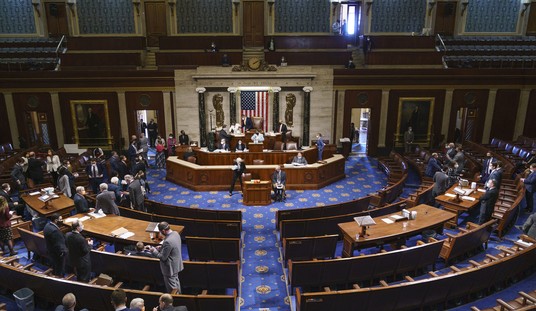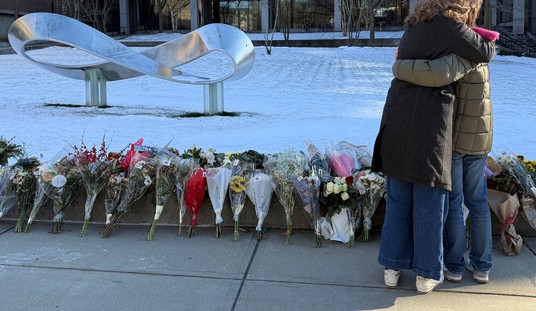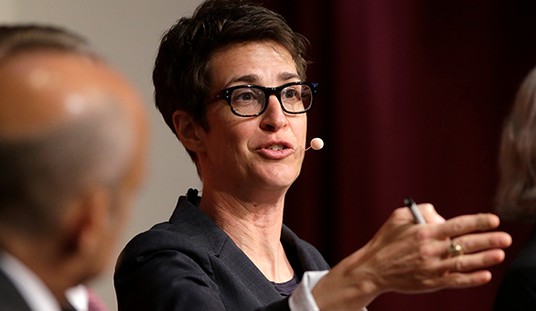Neo-Neocon a href=”http://neoneocon.com/2009/01/19/the-flight-1549-survivors-escape-to-tell-the-tale/”has an interesting post up /aon the calmness of the passengers of flight 1549:br /br /blockquoteOne cannot help but be impressed not only by the mere logistics of their survival as well as its improbability, but by the near-unanimity of the passengers’ stories of calm and mutual assistance./blockquotebr /br /One survivor, David Carlos, made a href=”http://wbztv.com/local/plane.crash.hudson.2.910579.html”the following observation:/abr /br /blockquote“It was like one big family on that wing, everyone’s holding each other, this guy’s got that guy and this lady’s got that guy and no one wants to fall off,” Carlos said. “It was amazing, the human spirit, when it comes down to that everyone just got together, and was able to overcome and stay together, and everyone made it.”/blockquotebr /br /Carlos’s statements about the calm and assistance reminded me of what I had recently read in Amanda Ripley’s book, a href=”http://www.amazon.com/gp/product/0307352897?ie=UTF8tag=wwwviolentkicomlinkCode=as2camp=1789creative=9325creativeASIN=0307352897″emThe Unthinkable: Who Survives When Disaster Strikes – and Why./em/aimg src=”http://www.assoc-amazon.com/e/ir?t=wwwviolentkicoml=as2o=1a=0307352897″ width=”1″ height=”1″ border=”0″ alt=”” style=”border:none !important; margin:0px !important;” / br /br /Ripley has a chapter on panic and notes that panic occurs if, and only if three conditions are present. First, people must feel they are trapped. Second, there is a sense of great helplessness, and the final prerequisite is a sense of profound isolation. Ripley points out that all of these conditions are hard to define or measure. But the point here is, whatever took place on flight 1549, none of these conditions was present. Human behavior on that plane was at its best. Ripley points out a href=”http://www.amazon.com/gp/redirect.html?ie=UTF8location=http%3A%2F%2Fwww.amazon.com%2Fgp%2Fblog%2Fpost%2FPLNKWJ0Y8W1ZUP38tag=wwwviolentkicomlinkCode=ur2camp=1789creative=9325″that this is common:/aimg src=”http://www.assoc-amazon.com/e/ir?t=wwwviolentkicoml=ur2o=1″ width=”1″ height=”1″ border=”0″ alt=”” style=”border:none !important; margin:0px !important;” /br /br /blockquoteThe truth is, in almost every disaster I have studied, people treat each other with kindness and respect. Violence and panic are extremely rare. An instant camraderie springs up between strangers–on a sinking ship or a bombed-out subway car. That is the rule, not the exception. /blockquotebr /br /Maybe so, but crowds and people do panic in disasters. So, the million dollar question is “why in this circumstance were people cooperative and calm and in other situations they are not?” And how do you use the information gleaned from this particular crash to provide better psychological preparation for other disasters in the future?
“It was like one big family on that wing..."

Advertisement








Join the conversation as a VIP Member